Rugged solutions bring advanced sensing tech to tough environments
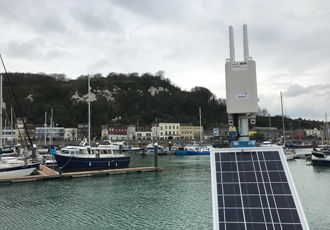
Accurate sensing and regular monitoring are a necessity for maintaining safety, but for industries such as construction, transportation and mining, these highly precise and sensitive components must be able to withstand some of the world’s most challenging environments. Sensors need to be housed in industrial-grade enclosures to ensure reliability and continuous operation in extreme conditions. Andy Bird, Managing Director at GTT Wireless here discusses some of the key requirements for protecting remote condition monitoring technology to ensure continuous operation.
For industries that rely on operating equipment and infrastructure around the clock, sustained uptime is key to ensuring project efficiency and success.
Take a rail network consisting of thousands of mission-critical assets, all spread across an extensive area. This is an industry where even a minor fault can lead to extensive delays and maintenance costs. The ability to remotely monitor and co-ordinate responses to issues as they develop is invaluable for maintaining uptime. In particular, the ability to monitor assets for potential failure contributes hugely to the smooth and effective operation of the network, which in turn builds brand reputation amongst partners and customers.
Remote asset visibility keeps operations moving
By enabling technicians to remotely configure sensors and monitor infrastructure and asset conditions from any location – at any time – planning, maintenance scheduling and operational efficiency is greatly enhanced. The addition of wireless sensor connectivity also offers significant benefits above and beyond wired solutions by enabling faster, simpler deployment and configuration – but the environments can be tough.
Hostile operating conditions
Day-to-day operations in the rail, construction and engineering sectors involve assets in use around the clock in highly challenging, constantly evolving conditions. For example, a sensor deployed to monitor the cant and twist of a rail track will have to contend with exposure to outdoor conditions such as rain, snow, dust and heat, and even strong vibrations caused by passing trains.
Off-the-shelf technology suited to an air-conditioned office or sheltered indoor conditions brings with it a significant threat of failure – in a potentially remote location, at any time of day. Remote condition monitoring solutions therefore need to be IP67 rated as standard, as this guarantees consistent protection against moisture and other threats to electronics.
Hardware tailored to its environment
Of course, no two monitoring projects are the same. Each will require differing sensor types, connectivity and power sources depending on their deployment location and intended role. Hardware protection is no different – there is no ‘one size fits all’ approach, which is why a tailored modular IP67 (NEMA6) enclosure will ensure the highest possible level of resilience.
The most effective enclosure solutions offer a high level of modularity, ranging from multiple sizes to an extensive range of add-on components – including customisable mounting brackets, antennas and M25 connectivity ports. If data relays require solar panels as a back-up power source or an alternative antenna to introduce 3G connectivity, these should be seamlessly integrated into the existing enclosure without comprising on protection.
Case in point: Senceive
Take our industry partner Senceive, a leading provider of robust wireless condition monitoring solutions, with a customer base that spans 40 countries worldwide. Its solutions support some of the world’s most complex and prestigious construction and transport projects – including HS2 and Crossrail.
The main sensor nodes are IP66/68 rated to resist the dangers of deployment deep underground, exposure to the elements or in highly remote locations. But beyond rugged sensors, it is vital that Senceive’s 3G Gateways – which relay critical data captured by the geotechnical sensors – are equally resilient to challenging deployment conditions to ensure continued operation of this mission-critical monitoring and reporting.
Protecting data transfer
Senceive’s 3G Gateways are housed in GTT Wireless mSmart-Box enclosures to protect the sensitive electronics and battery source that ensure constant connectivity for frequent reliable data transfer. This protection underpins the successful operation of the complete remote condition monitoring solution.
For Senceive’s end-customers, where project success and safety can be impacted by the smallest of unidentified structural displacement, it is important to ensure the geotechnical sensors can continuously transmit data back through the Senceive 3G Gateway for reporting and analysis. Rugged 3G antennas are key, with full IP67 rating and weatherproof N-type plugs to ensure antenna installation does not introduce vulnerability due to harsh conditions.
The industry applications are broadening
Wireless remote condition monitoring is becoming increasingly important in order to maintain the highest levels of safety and operational efficiency, whether this is on rail networks, underground construction projects or even high-rise buildings.
As sensing solutions further develop and become even more resilient, precise and connected, we will see them unlock further opportunities such as predictive maintenance for infrastructure and remote assets. But for now, expect monitoring technology to continue being deployed to support the world’s most complex construction, engineering and transport projects.
Similar articles
More from GTT Wireless
- Race against time: 4G antenna ensures every second counts 3rd January 2020
- Rugged solutions bring advanced sensing tech to tough environments 2nd July 2019

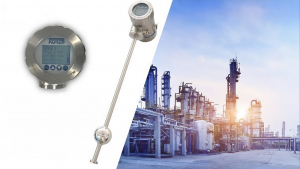
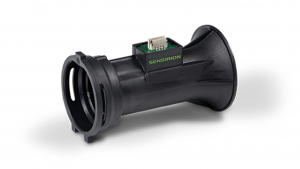
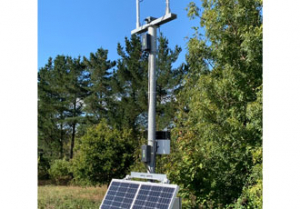
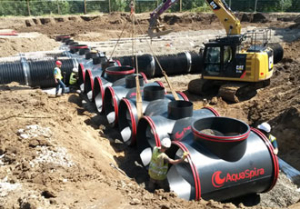







Write a comment
No comments